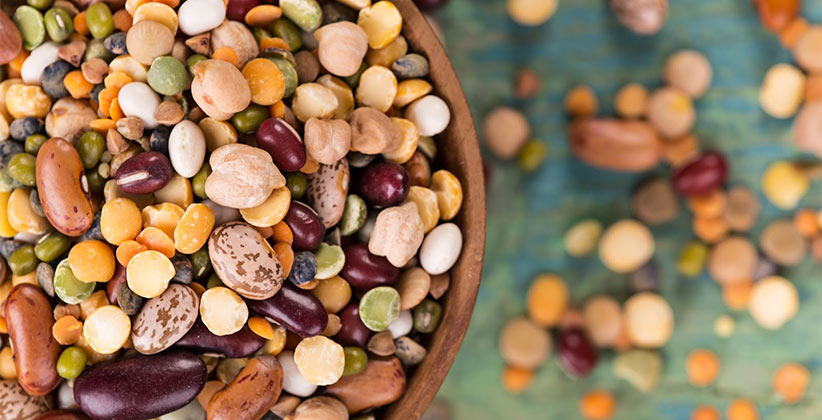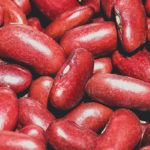
Did you know that one of the highest fiber, low-carbohydrate, gluten free foods are legumes? Legumes are actually a family of vegetable that is mainly made up of beans; lima beans, kidney beans, chickpeas, lentils, black beans, and split peas. (Just to name a few) Each legume is full of so many nutritious elements that it is insanely hard to ignore, but, unfortunately, it seems that nowadays a vast amount of people do.
Studies have shown that if a person were to eat any kind of legumes four times a week that they would reduce their risk of prostate cancer, heart disease, and Type 2 diabetes. However, eating legumes will also provide you will a large amount of daily nutrition. For example, they have such a high protein and fiber count that 18 grams is equal to eating three eggs, 2.5 ounces of meat, or half a cup of bran cereal.
Legumes also help keep blood pressure in check by providing you with magnesium, potassium, and calcium. There is also a large dose of folate found. Folate is a Vitamin B supplement that aids in healthy pregnancies and helps reduce the risk of colon cancer. It also provides a large piece of daily iron intake for vegetarians.
Now if only we could convince others to eat more legumes; surely there would be a huge surge in health throughout the world. With legumes being some of the most inexpensive food on the market. Beans usually come in two styles, dried and can. While both ways are good, dried is the better way to go because after rehydration, dried beans have better taste and texture. Once cooked and let set in water, they will not dry out again until they are used.
Canned beans provide an excellent convenience because they are already cooked, however, one must keep in mind that the water within the can has sodium (salt) in it. (This is to preserve the beans and make them last longer) If you just buy a normal can of beans, you will need to drain the water off and rinse the beans to remove any excess sodium. However, there are many vegetable brands that offer “No Salt Added” options for their canned goods.
The food industry is increasing trying to get the consumers to eat more legumes because of the high protein, gluten free, high fiber, and low allergen contents they contain. Slowly but surely, different beans and lentils are being worked into a variety of everyday products like cereals, pastas, and salads.
Perhaps with this upswing in legume usage, we will be seeing an increase in jobs available in the United States. With Canada being the largest exporter of legumes, specifically chickpeas, lentils, and dried peas – 90% of them are exported out of North America. The question now is why? If legumes are being used more then perhaps that percent will change to increase availability in the United States.
After all of that though, will you be planning to add more legumes to your diet? The value it will bring to your health is undeniable and shouldn’t be ignored.
If you are Looking for a Canadian Lentils exporter, call us at +1 (416) 548-5901
Extracted from: https://beta.theglobeandmail.com/life/health-and-fitness/12-ways-to-add-legumes-to-your-diet/article627387/?ref=http://www.theglobeandmail.com&




Comments are closed.